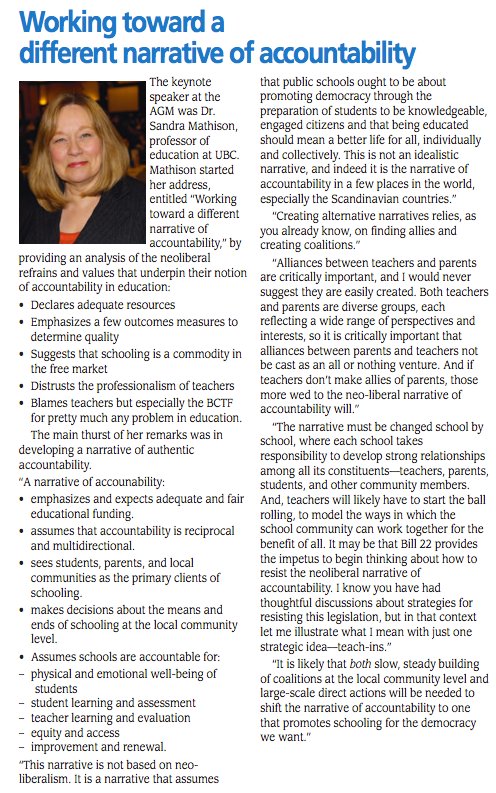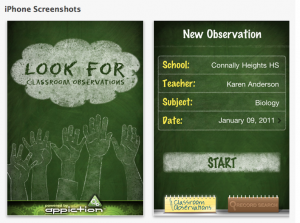AEA’s Values – Walking the Talk with Sandra Mathison, NDE Editor

AEA’s Values Statement
The American Evaluation Association values excellence in evaluation practice, utilization of evaluation findings, and inclusion and diversity in the evaluation community.
i. We value high quality, ethically defensible, culturally responsive evaluation practices that lead to effective and humane organizations and ultimately to the enhancement of the public good.
ii. We value high quality, ethically defensible, culturally responsive evaluation practices that contribute to decision-making processes, program improvement, and policy formulation.
iii. We value a global and international evaluation community and understanding of evaluation practices.
iv. We value the continual development of evaluation professionals and the development of evaluators from under-represented groups.
v. We value inclusiveness and diversity, welcoming members at any point in their career, from any context, and representing a range of thought and approaches.
vi. We value efficient, effective, responsive, transparent, and socially responsible association operations.
******************************************************************************************************************************************************************
I am a Professor of Education at the University of British Columbia where I continue my lifelong engagement in learning and teaching about evaluation. I am also currently Editor-in-Chief of New Directions for Evaluation, have served on various AEA committees, and have been a member of the AEA Board of Directors.
As evaluation theory and practice have taken root and spread around the globe it is exciting to see AEA adopting a Values Statement that reflects the importance of our intellectual and moral obligations as an organization and a profession. As Editor-in-Chief of one of AEA’s journals, I see these values as critical signposts for fostering the involvement, at many levels, of diverse perspectives. These values are important in how I do my work, which includes assembling a team of associate editors and editorial board members that has a global reach and reflects the cultural diversity that AEA’s values encourage. These values are also important in shaping the content of the journal as I have worked to include different points of view about evaluation; the perspectives of experienced and novice evaluators; and perspectives of evaluators from all parts of the world.
AEA’s Values Statement is also an important anchor for me individually, in doing evaluation as well as teaching about evaluation. From the beginning of my career until the present I have been guided by AEA’s values. I strive to foster inclusion through participatory approaches, practice in ethically defensible ways through transparency and thoughtfulness, and to do evaluation in the service of both clients and the greater good.
I contribute to AEA’s value of continual development of evaluators through my teaching and mentoring of graduate students as they learn the craft of evaluation. I am aware at all times of not simply transmitting knowledge and skills to the next generations of evaluators, but also the importance of imbuing novice evaluators with the foundational values on which AEA stands. As a professional organization, AEA provides useful guidance and reminders that evaluation is much more than a technical practice; it is also a moral and values-laden one. In my teaching I am eager for students to see themselves as ethically engaged, open to and engaged with many forms of diversity, and to see their future work as evaluators as meaningful and useful in building a better world.
 Follow
Follow




